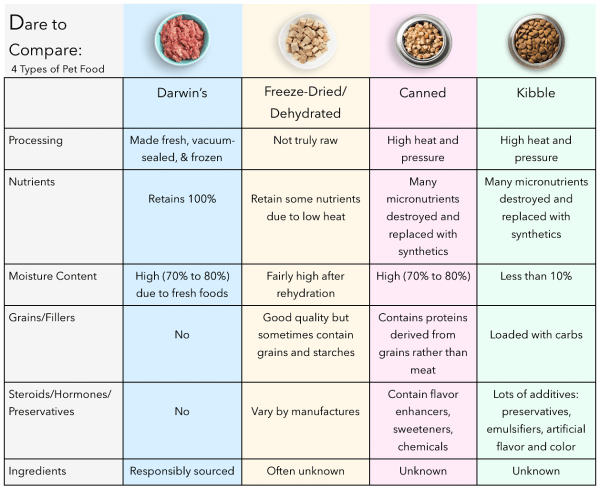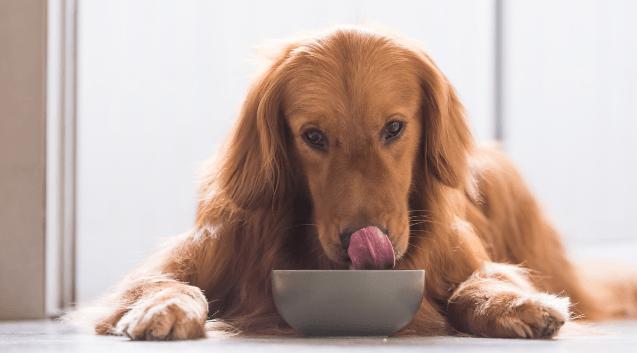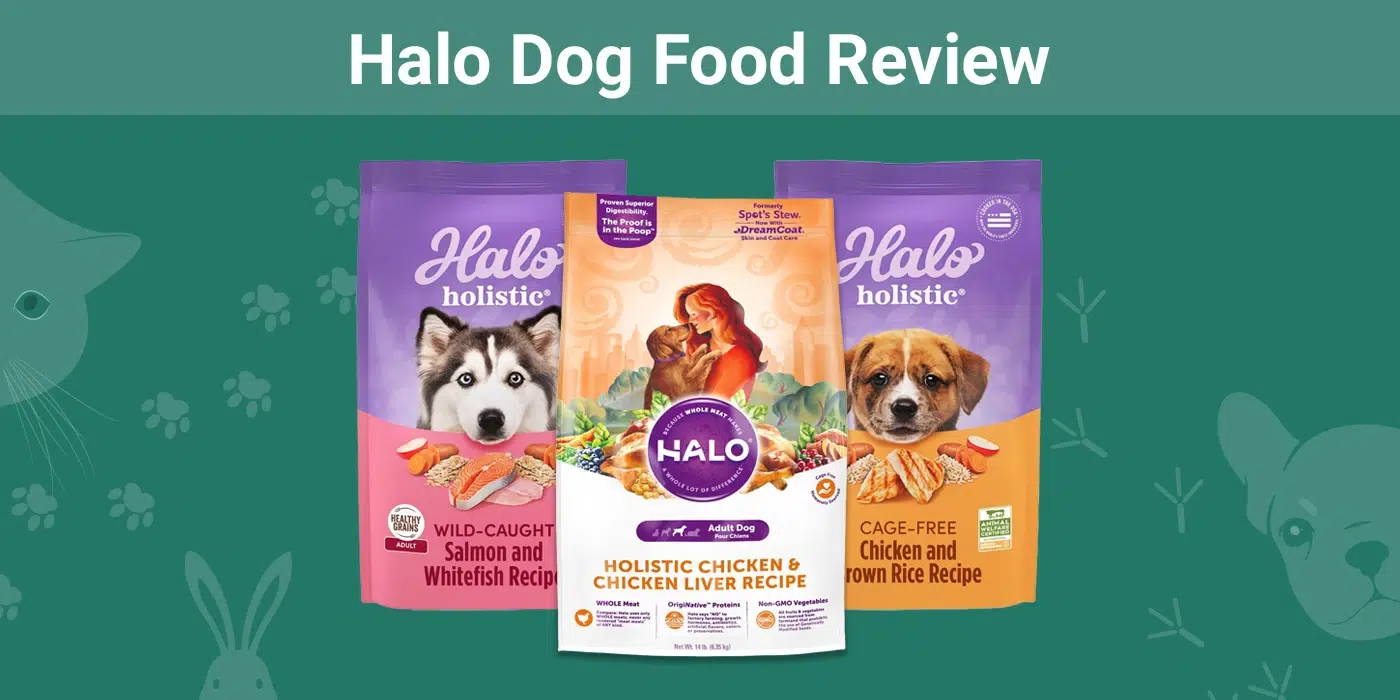As pet parents, we want to provide the best for our furry friends. And one of the most important aspects of their well-being is their food. With so many brands and types of pet food available in the market, choosing the right one can be overwhelming. But fear not, this guide will help you navigate through the process of selecting the perfect pet food brand for your beloved companion.
Understanding Your Pet's Nutritional Needs

Before diving into different pet food brands, it's important to understand your pet's nutritional needs. Just like humans, dogs and cats require a balanced diet to maintain good health. This means their food should contain all the necessary nutrients in the right proportions.
Key Nutrients for Dogs and Cats
There are six essential nutrients that dogs and cats need in their diet:
- Protein - Essential for building and repairing tissues, maintaining muscle mass, and supporting the immune system.
- Fats - Provide energy, aid in nutrient absorption and help maintain healthy skin and coat.
- Carbohydrates - Main source of energy for dogs and cats.
- Vitamins - Play a vital role in various bodily functions, including metabolism and immunity.
- Minerals - Essential for bone and teeth health, nerve function, and muscle contraction.
- Water - Crucial for every bodily function and helps maintain hydration.
Each pet has unique dietary requirements depending on their age, size, breed, activity level, and any health conditions they may have. For example, puppies and kittens need more protein and calories than adult dogs and cats. Senior pets may require less fat and fewer calories to prevent weight gain and joint problems. Consult with your veterinarian to determine the appropriate nutritional needs for your pet.
Reading Pet Food Labels
Pet food labels are packed with important information that can help you make an informed decision. Here are some things to look for when reading a pet food label:
- Ingredients list: The ingredients are usually listed in descending order by weight. Look for whole protein sources, such as chicken or beef, as the first ingredient. Avoid foods with vague terms like "meat by-products" or "poultry meal."
- Guaranteed analysis: This section lists the minimum and maximum percentages of protein, fat, fiber, and moisture in the food.
- AAFCO statement: Pet food manufacturers must follow the guidelines set by the Association of American Feed Control Officials (AAFCO) to ensure their food meets nutritional requirements.
- Feeding guidelines: These recommendations can give you an idea of how much to feed your pet based on their weight and age.
Types of Pet Food

Pet food comes in various forms, and each has its own benefits and drawbacks. Here are the most common types of pet food:
Dry Food
Also known as kibble, dry food is the most popular type of pet food. It's affordable, convenient, and has a longer shelf life. Dry food also helps keep your pet's teeth clean by scraping off plaque and tartar as they chew. However, it may contain artificial colors, preservatives, and fillers that can be harmful to your pet's health. Look for high-quality dry food made with real meat and no unnecessary additives.
Canned/Wet Food
Canned or wet food contains higher levels of moisture and is more palatable than dry food. It's a good choice for pets that have trouble eating or those with dental issues. Wet food also tends to have fewer artificial ingredients and more protein than dry food. However, it can be expensive, spoil quickly, and contribute to dental problems if not eaten immediately.
Semi-Moist Food
Semi-moist food is a cross between dry and wet food. It has a higher water content than dry food but less than wet food. It's also more convenient than canned food and has a longer shelf life. However, it often contains added sugars and artificial flavors to enhance its taste, which is not beneficial for your pet's health.
Raw Food
Raw food diets are gaining popularity among pet owners who believe that it's the most natural and biologically appropriate diet for their pets. Raw food consists of uncooked meat, bones, fruits, and vegetables. Advocates claim that it improves skin and coat health, digestion, and overall well-being. However, raw food may contain harmful bacteria and pose a risk of foodborne illness. Consult with your veterinarian before switching to a raw food diet.
What to Look for in a Pet Food Brand

Now that you understand the nutritional needs of your pet and the different types of pet food, let's explore what to look for when choosing a pet food brand.
AAFCO Statement
Make sure the pet food brand you're considering has an AAFCO statement on its label. This means that the food meets the minimum requirements for essential nutrients and is suitable for your pet's specific life stage.
Named Protein Sources
Look for pet food brands that use named protein sources like chicken, beef, or lamb as the first ingredient. These are whole proteins that provide all the necessary amino acids your pet needs.
Natural Preservatives
Avoid pet food brands that use artificial preservatives like BHA, BHT, and ethoxyquin. These chemicals have been linked to health issues and can be harmful to your pet. Opt for foods preserved with natural ingredients, such as tocopherols (Vitamin E).
No Fillers or By-Products
Choose pet food brands that don't include fillers or by-products in their ingredients list. Fillers are low-quality ingredients used to bulk up the food, while by-products are parts of animals that are not used for human consumption. These not only lack nutritional value but can also be harmful to your pet's health.
Grain-Free Options
While dogs and cats can thrive on a diet that includes grains, some pets may have food allergies or sensitivities. If your pet is one of them, consider grain-free options. However, make sure the food still contains a balanced amount of nutrients.
Frequently Asked Questions

Q: How do I know if my pet has a food allergy?
A: Signs of a food allergy in pets include itchy skin, gastrointestinal upset, and respiratory problems. Consult with your veterinarian to determine the cause of these symptoms and switch to an appropriate diet if necessary.
Q: Can I give my pet table scraps or human food?
A: While it may seem harmless, giving your pet table scraps or human food can lead to nutritional imbalances and obesity. Stick to a well-balanced diet specifically formulated for their needs.
Q: Is organic pet food better?
A: Organic pet food is not necessarily better than non-organic food. The USDA regulates organic food for humans, but not for pets. What matters most is the quality of ingredients and the nutritional value of the food.
Q: Should I feed my pet the same food throughout their life?
A: It's recommended to gradually transition your pet to a new food over a period of 7 to 10 days. However, if your pet has specific dietary needs, consult with your veterinarian before making any changes to their diet.
Q: Can I mix different types of pet food?
A: It's generally not recommended to mix different types of pet food because they have different nutrient levels and ratios. This can lead to an unbalanced diet and potential health issues for your pet.
Conclusion

Choosing the right pet food brand for your furry friend doesn't have to be a daunting task. By understanding your pet's nutritional needs, reading labels, and considering the type of food and brand, you can make an informed decision. Consult with your veterinarian for any specific dietary recommendations for your pet. Remember, a balanced and nutritious diet is key to keeping your pet happy and healthy.


